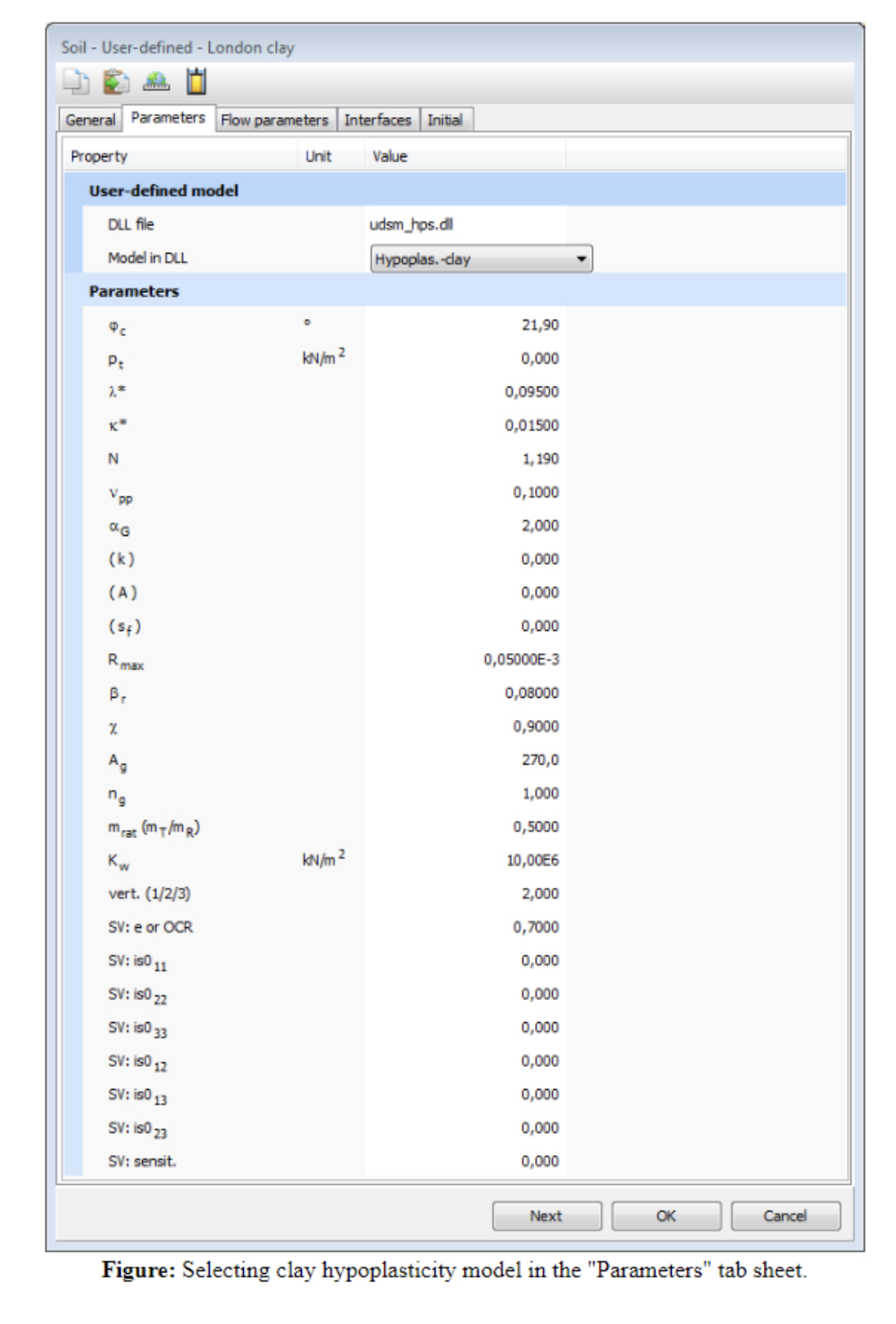

Any other use requires prior permission of the American Society of Civil Engineers. Home Research Research Explorer Publications ABAQUSStandard Users Manual, Version.
#Abaqus 6.14 4 versions Manual Pdf#
This material may be downloaded for personal use only. C3d8rt abaqus manual pdf - for Amazon guide free on p.essaytds.site. The proposed GA-BPNN model for predicting the flexural capacity of postfire RC beams provides a new approach for design practice. The comparison showed that the GA-BPNN has a faster convergence speed and higher stability and can reach the goal more times, reducing the possibility of BPNN falling into the local optimum and achieving the global optimum. The prediction accuracy was evaluated by comparing the predicted and target values.

Many examples are provided to help you develop your own scripts. The guide takes you through the process of understanding the Python programming language and the Abaqus Scripting Interface. The predictive models were constructed using BPNN and GA-BPNN. This guide describes the Abaqus Scripting Interface, which is an application programming interface (API) to the models and data used by Abaqus. To enable machine learning, 480 data sets were produced, of which 360 were used to train the network the remaining 120 were used to test the network. The model was used to generate the training data for the NN. The flexural capacity of the RC beams after fire was calculated by the flexural strength reduction calculation model.
#Abaqus 6.14 4 versions software#
First, the temperature distribution of the beams was determined using the finite-element analysis software ABAQUS version 6.14-4, and the strength reduction factor of materials was determined. In this paper, the residual flexural capacity of postfire RC beams is predicted based on a back-propagation (BP) neural network (NN) optimized by a genetic algorithm (GA). To accurately predict the flexural capacity of postfire RC beams is imperative for fire safety design.


 0 kommentar(er)
0 kommentar(er)
